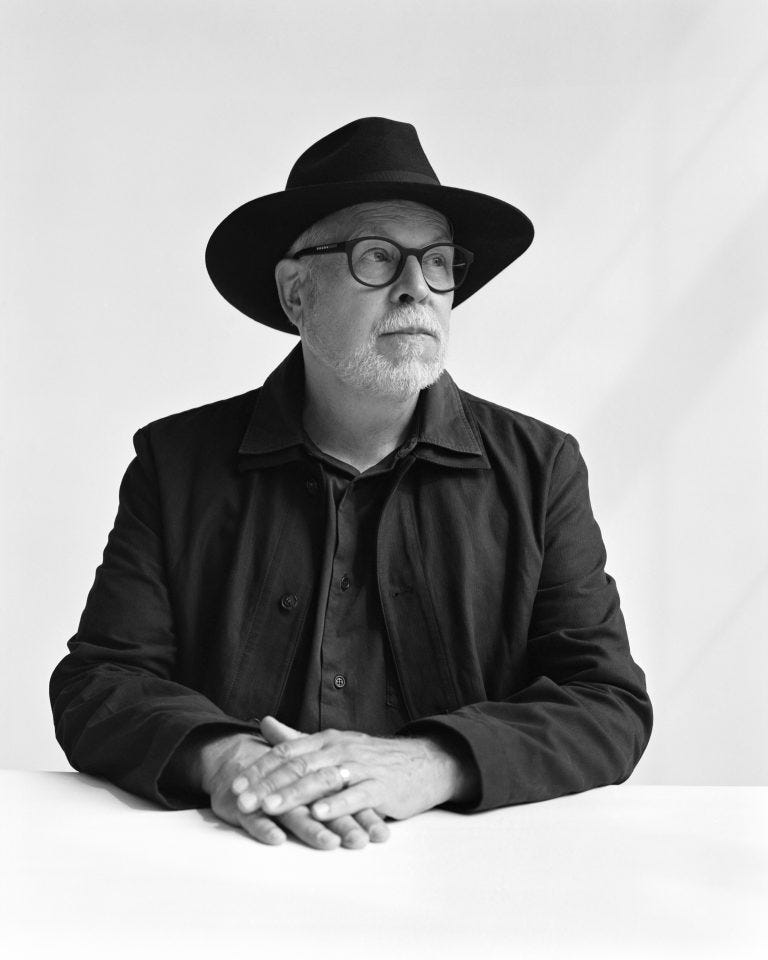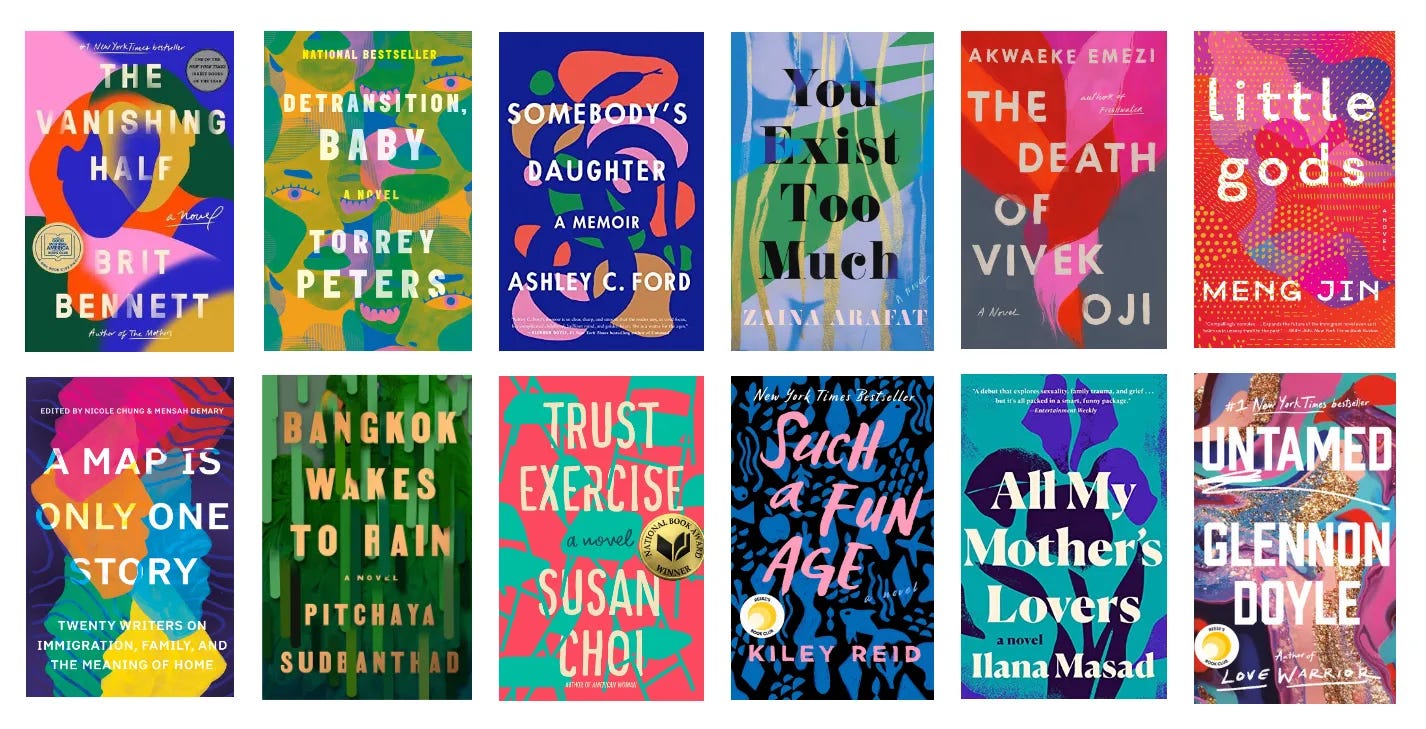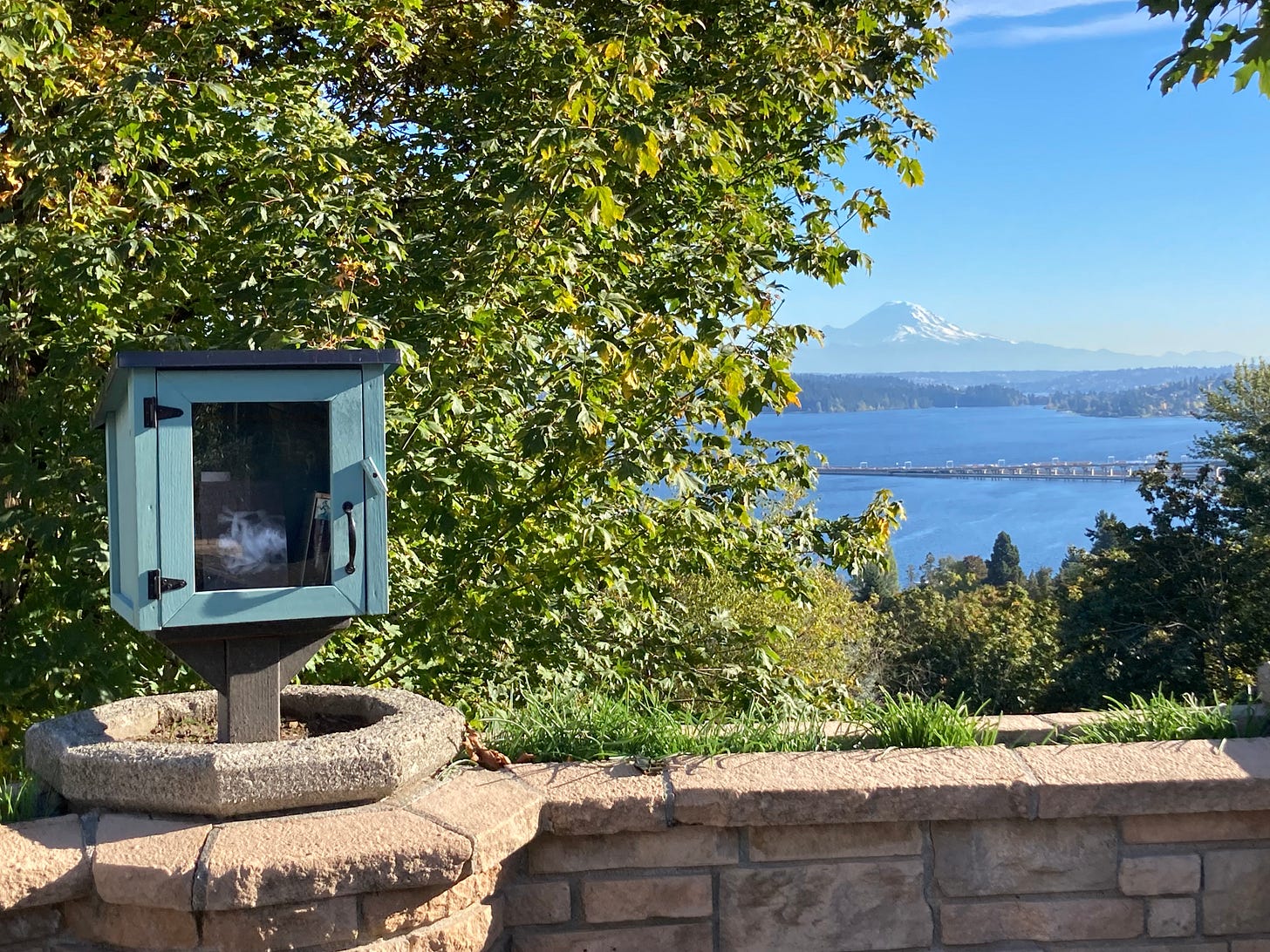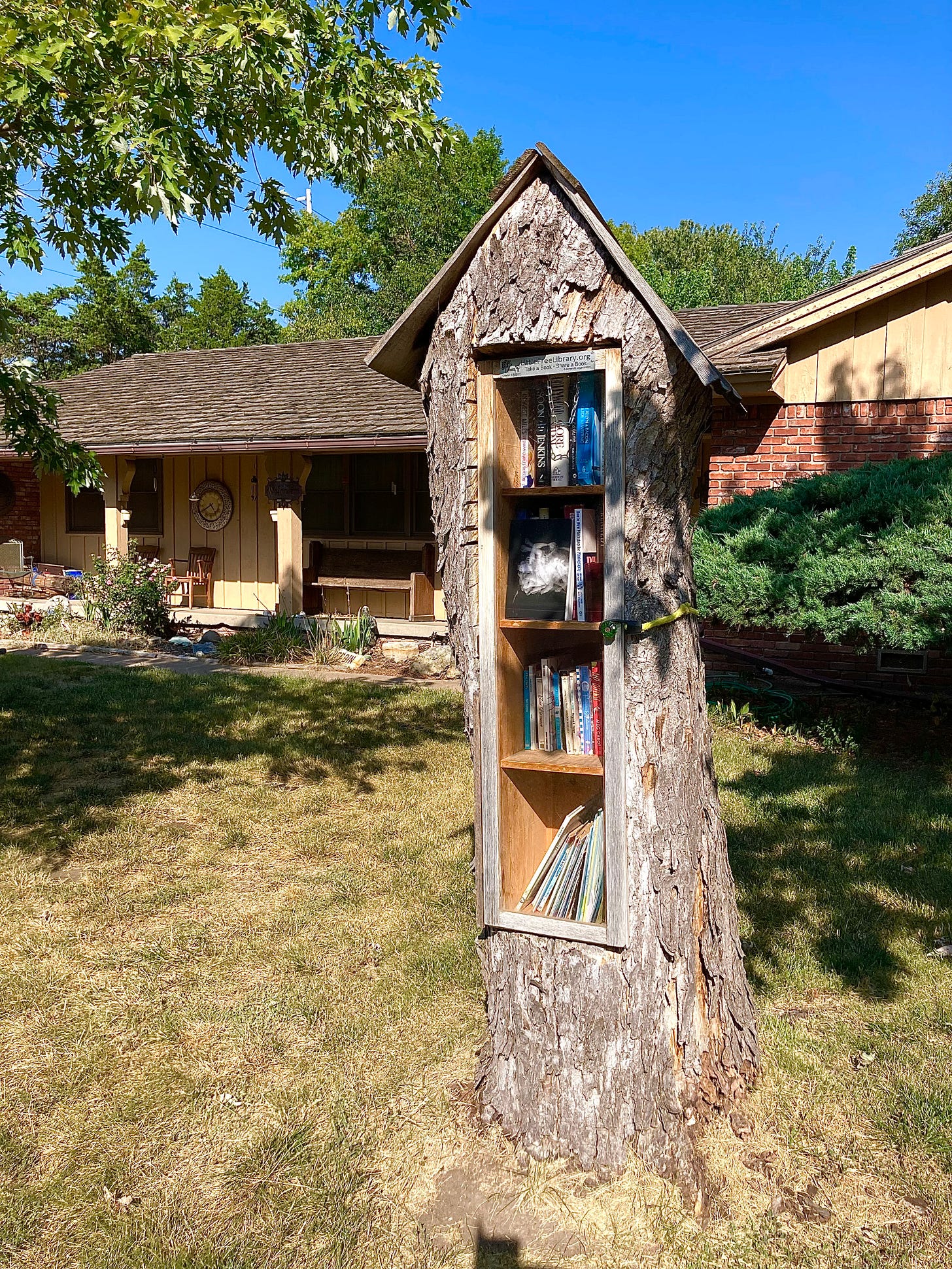Rethinking Publishing from the Ground Up: A Conversation with Novelist, Editor, and Critic Philip Graham
Graham discusses his new novel, What the Dead Can Say, and its unique path to publication
In the fall of 2014, I was hired as a visiting assistant professor at the University of Illinois in Urbana-Champaign where my creative writing colleagues included Brigit Pegeen Kelly, Jodee Stanley, Alex Shakar, Janice Harrington, Ted Sanders, and the subject of today’s interview, novelist, critic, and a founding editor of Ninth Letter, Philip Graham.
Philip and his wife, anthropologist Alma Gottlieb, hosted a welcome reception for me in their home shortly before my VAP position began. I remember the semesters I taught at UIUC fondly in no small part because of their warmth and collegiality.
Around the same time, I read one of Philip’s story collections, Interior Design (initially published by Scribner in 1996 and reissued by Dzanc Books in 2014). His characters were wonderfully, thornily human. His most recent book, What the Dead Can Say, is likewise a work of depth and beauty, and many chapters were first published as short stories in literary magazines including Crab Orchard Review, River Styx, Western Humanities Review, and Hunger Mountain.
What the Dead Can Say is narrated by Jenny, a ghost who collects other ghosts’ stories. I’ll leave you now to my conversation with Philip about What the Dead Can Say’s genesis and journey into the world. (A more extensive interview Philip did with friend and fellow writer Michele Morano for 3 Quarks Daily can also be found here.)
Christine/Bookish: Would you summarize how you came to write What the Dead Can Say? I know the idea for it took hold in 1993 when you and your wife, Alma Gottlieb, an anthropologist, were living in Côte d'Ivoire.
Philip Graham: Alma and I had been living, off-and-on, in remote villages among the Beng people of West Africa since 1979. During our third stay, in the summer of 1993, we received word that my father had died back in the U.S., but the news reached us too late for me to return home for the funeral. With permission from the village elders, I gave my father—in absentia—a traditional Beng funeral. (Philip wrote about this experience for McSweeney’s).
Days later, Kokora Kouassi, a religious leader and old friend, announced that my dad had appeared in his dreams, with messages for us from the Beng afterlife. Because the Beng believe that the dead continue their social lives invisibly among the living, my empathetic friend meant to convey to me that my father’s spirit wasn’t far away but was instead hovering nearby.
Soon I began receiving my own visitations: ten new fictional characters. They were all ghosts—American ghosts, though their afterlife resembled the Bengs’, and they existed invisibly among the living. The stories of these ten ghosts spanned nearly 200 years of American history, and they were all so different from me! A car mechanic—I knew nothing about cars. An entomologist who spends her afterlife in an ant nest. A reporter working at a small-town newspaper. A Civil War-era shopkeeper who struggles with an ambiguous religious vision.
And above all, the central character Jenny, a young ghost with the ability to absorb the memories of the other ghosts in the novel. The challenge of Jenny’s afterlife is to fit all those memories together inside her, and I spent the next thirty years trying to do just that in the novel.
CS: Why do think it took thirty years to write this book?
PG: During all that time, I wrote and published four other books, both fiction and nonfiction. I needed to periodically stand back from the world of What the Dead Can Say. The novel’s ambition pressed me to grow beyond my then-current abilities. The main character, Jenny, wanted something from me that I slowly learned how to provide.
I also pointlessly revised the first chapter over and over. But an example of patience kept me at it: the making of Charlie Chaplin’s City Lights. Chaplin couldn’t work out the emotional logic of a crucial scene at the movie’s beginning, when the Tramp and the blind Flower Girl meet. Why does she think he’s rich and not the poor man that he is? Before Chaplin arrived at a solution he shot 451 takes, and at one point he shut down the film’s production. My first chapter’s revisions don’t break that record, I’m sure, but I dread to think how many drafts I did flail through.
CS: When did you realize you’d finally finished the novel?
PG: Back in March of 2022, I finished a draft that I considered truly complete, though I knew there was polishing yet to accomplish. As a small celebration, Alma and I set out from our home on our daily walk along a cove that overlooks Narraganset Bay. As usual, we began at a salt marsh and its small, hidden beach. We came upon a flock of nineteen swans floating a few yards from the shore, which was not an unusual sight.
But since swans usually travel in pairs, we counted a couple of times to make sure we hadn’t missed one. Then, Alma looked at me, eyebrows raised, and said, “Nineteen.” I understood. I had just finished a novel of nineteen chapters. Such an eerie moment. I turned to the swans and saw them paddling away from the beach and into deeper water, and I felt I was also watching my novel, all nineteen chapters, beginning a journey into the wider world.
CS: What inspired you to publish What the Dead Can Say in a non-traditional fashion?
PG: So many reasons! The pre-determined short shelf-life of a book in a store. The collapse of outlets for book reviews. The sense that books are increasingly valued mainly for their ability to transmute into movie or TV series gold. The gathering of blurbs becoming so cut-throat competitive that a new literary genre has sprung up: ghost-written blurbs.
And an ever more corporatized and impersonal publishing industry. A good example is the now notorious “Blob” book covers: semi-abstract patterns of color in the background, with the title in large type at the top half of the cover, followed below by the author’s name in the same (often smaller) font.
One day I came upon a bookstore table displaying new releases whose covers looked nearly identical, and I decided to find out who was perpetrating this style. I checked one book’s back flap and noted the name of the guilty art designer.
On a hunch I checked the next book and saw a different person credited. Another designer for the third book, and so on down the line. Later I read that corporate geniuses have decided this type of cover “pops” as a thumbnail image on a website. Covers are now simply visual algorithms.
After publishing seven previous books—with New York and university presses—I had little interest in returning to such waters yet again (or in puzzling through a traditional publisher’s cunningly obscure royalty statement). Over the years of writing What the Dead Can Say, the novel had been vetted by the readings of fellow writers, including two Pulitzer Prize-winners, and several chapters had been published in literary magazines, so I felt sufficiently confident to go it alone for this novel whose inspiration had been so personal. I began with a privately printed edition of 1,000 copies in collaboration with remarkable book designers, Amy Fortunato and Amie Cooper.
CS: You don't include your byline anywhere on What the Dead Can Say. Did you ever consider doing so instead of choosing "Author Unseen"?
PG: I wanted my book to avoid as many publishing clichés as possible. No title on the cover, just a striking image (by the Austrian photographer Paul Schneggenburger). No blurbs on the back cover, no author bio on the back flap. No plot synopsis on the front flap. No author’s name on the title page, only the pseudonym “Author Unseen” (though UV light will reveal my invisible ink signature). I decided to trust my prose to do whatever convincing any possible reader might need.
CS: And you took a 5-month road trip to deliver free copies to Little Free Libraries all over the country. What have been the most rewarding aspects—aside from the book itself—of releasing your novel into the world in this way?
PG: My intent from the beginning was to rethink publishing from the ground up, and this included distribution.
Alma and I used the Little Free Library organization’s very helpful app to curate our 10,000 mile, 28-state journey.
This app gives the locations of every LFL in the country (now 150,000 and counting), along with photos and the library stewards’ descriptions of what sort of books are most welcome. Best to sidestep little libraries that specialized in children’s books, for instance, or thrillers.
Our trip was both exhausting and exhilarating, and we developed a great love of these humble little havens for books that are scattered across the country. They’re shrines dedicated to the love of reading, and to the community of readers. By the end of our long journey I felt certain that every copy ensconced in a Little Free Library would eventually find its way into a reader’s hands, or be returned to the shelf to give someone else a chance. And now I receive regular correspondence with those who discovered the novel, enjoyed it, and have tracked me down.
CS: I'm similarly curious about how you came to create the Jennyverse Chorus on the platform where you've now digitally published What the Dead Can Say: you’ve posted audio recordings of excerpts from the novel, read by nearly 2 dozen different writers (one by me, coincidentally.)
PG: I wanted the digital version of What the Dead Can Say to inhabit its new incarnation in as particular a way as the print edition of the novel embraced full-tilt its unusual analogue life. No cookie-cutter Kindle e-book format for this novel. The chapters have been released week by week as a serialization (available by subscription), with over 40 pages of additional material, evocative line-drawings by the artist Emily K. Mell, and the designer Amy Fortunato has chosen a friendly font that is highly readable whether on a tablet, phone or laptop.

And then of course we have those audio clips. The main character, Jenny the ghost, has so many voices inside her that I thought, Why not try to evoke her inner crowd by way of a chorus of readers? Luckily, every writer I asked (most of whom had already read the book) was game enough to say Yes. As you kindly replied, Christine, and you did a spectacular job reading an excerpt from chapter 17.
CS: The release of your novel, print and digital, has encompassed nearly two years. What are you working on now?
PG: I’m still working on What the Dead Can Say! The digital version has two extra chapters, which extend Jenny’s story far into a quite unexpected future. I’m revising and polishing them now. When they’re both properly launched by the end of March, I think I can safely say I’ll be ready, however reluctantly, to relinquish Jenny, who has been my fictional companion for over thirty years.
—
Philip Graham is the author of eight books of fiction and nonfiction, including The Art of the Knock: Stories, The Moon, Come to Earth: Dispatches from Lisbon, and (as Author Unseen) What the Dead Can Say. His work has appeared in The New Yorker, Washington Post Magazine, Paris Review and elsewhere. A co-founder of the literary/arts journal Ninth Letter, he is currently the editor-at-large for the journal’s website.







Don't miss this book, folks! Philip not only rethinks publishing from the ground up, he rethinks the novel form from the ground up, too. It's absolutely brilliant!
Hi Diane, a great question, thanks!
Basically, the country-wide tour was a way of ensuring that readers would actually have access to my novel, readers who might never encounter it otherwise. And that--in the spirit of Little Free Libraries--it would be a gift.
But while doing this I also planned for the print book to be reincarnated digitally, one that requires a modest subscription payment in order to continue past the third chapter. The readership for this version continues to grow (no worries about a short life on a book store's shelf!), and so it's a way to recoup my initial investment.
Publishing has become so dreary in recent years--why not have an adventure instead?
https://www.whatthedeadcansay.com